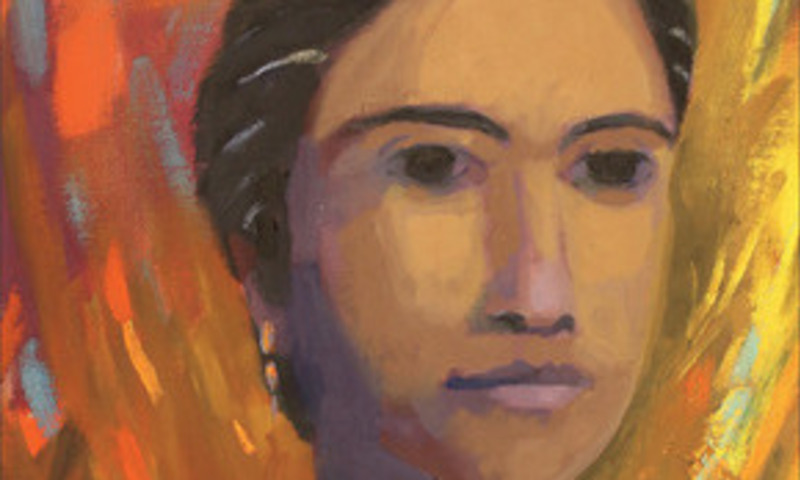“My life is full of women: my mother and grandmothers, three sisters, two daughters, two nieces, and countless friends. They’re all so important in my life. I really began to realize that life was different for women, though, when I went to the mission field.” - Dr. Leanne Dzubinski
This was the reality that ignited in Dr. Leanne Dzubinski a passion for women, specifically those working for the mission of the Church during her 25 plus years of ministry. When on the mission field, Dzubinski noticed that women were often at a disadvantage intellectually, financially, and emotionally. Her observations inspired Dzubinski and her co-author Dr. Anneke Stasson to fulfill a genuine need that they found to be all too common in churches around the world.
“I became passionate about training, encouraging, supporting, and promoting women’s work and their interests in the wider mission community,” said Dzubinski.
The Missionary Stereotype
According to her research, women missionaries often did not have the opportunity to learn the local language and receive the same funds or support for their ministries. Married women were categorized as part of a package with their husbands while single women were thought of as the “helpers” of male leaders.
This resulted in the knowledge and wisdom of women being stereotyped as secondary or non-contributors to organizational work. Their contributions often went unknown, and their concerns often weren’t addressed.
Women and Their Representation in the Church
Dzubinski and Stasson researched tirelessly about women in the mission field and learned about women they’d never heard of before. The pair learned to view women in a whole new way, different from how men had represented them to the public for years.
One of such examples was Aimee Semple McPherson. In seminary, Dzubinski remembered hearing McPherson being characterized as "flighty," "hysterical," and a "floozy," while Stasson recalled hearing her characterized as sexually immoral. This characterization stemmed from Aimee McPherson’s history of being married three times. However, upon digging further into her story, they learned that McPherson’s first husband died whilst in the mission field. The second divorced her after asking her to choose either him or her ministry. The third was already involved in a committed relationship when he married McPherson - a relationship she knew nothing about. He left her when she was determined not to leave the ministry for him.
Yet Aimee McPherson was able to turn her marriage experiences into a way to talk about the church as the bride of Christ, a relationship far better than any human marriage. Her illustrated sermons allowed her to capitalize on her own natural dramatic flair. These sermons were appealing to the people of Los Angeles who were used to having Hollywood on their doorstep, and her church grew and became a denomination with more than 86,000 churches today.
“Despite all these personal tragedies, Aimee developed an incredible ministry that reached thousands of people in Los Angeles. She developed dramatic sermons, embraced racial equality in her church, and fed more people during the Depression than the City of Los Angeles did. She even pioneered Christian radio. Aimee was a powerful, influential woman entrepreneur whose influence continues to be felt today,” said Dzubinski.
Dzubinski and Stasson describe Aimee McPherson as “an example of how women throughout history have turned constraints into assets” a theme they show repeatedly throughout their book Women in the Mission of the Church: Their Opportunities and Obstacles Throughout.
God's Unique Mission for Women
Dzubinski believes that God made women for a mission unique to us as a gender-group. Her book tells stories of how women were able to enter into spaces where men simply could not go. Dzubinski and Stasson tell stories of Dr. Ida Scudder, Isabell Thoburn, and Chinese women physicians who started out only working with women in areas where women were underserved - yet God eventually broadened their work to include everyone.
“In every era, women have occupied positions of leadership and have spread the faith through word and deed. Women preached in the First and Second Great Awakening and played a leading role in the Holiness movement. In the nineteenth and early twentieth centuries, over three million women joined the women’s missionary movement. Early twentieth-century revivals in China were led by women,” said Dzubinski. “So many women-founded and joined African Initiated Churches that African Christianity has been called ‘a woman’s movement.’ According to Dana Robert, not just African but world Christianity could be called ‘a women’s movement’ since “women constitute the majority of active participants.”
For more stories like Aimee McPhersons as well as insight about our unique commission as women in the Church, check out Dr. Dzubinski & Dr. Stasson’s book Women in the Mission of the Church: Their Opportunities and Obstacles Throughout. Paperback orders placed at this link and before April 20th are entitled to 40% off its original price!
 Biola University
Biola University




